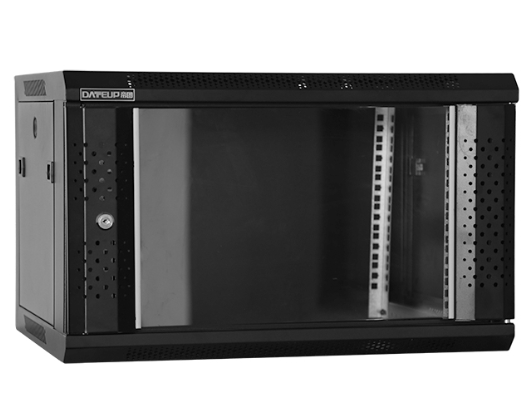News
Site Editor
 Site
https://leonetworkgroup.usa18.wondercdn.com/uploads/image/5fe152faa587d.png
Insulation resistance test is a crucial step in the cable installation process to make sure that the cable insulation is not damaged and the cable is safe for use. The test measures the insulation resistance of the cable compared to the nominal value of its rated voltage. The objective of the test is to detect any defects in the insulation and to ensure that the cable is capable of withstanding it
Site
https://leonetworkgroup.usa18.wondercdn.com/uploads/image/5fe152faa587d.png
Insulation resistance test is a crucial step in the cable installation process to make sure that the cable insulation is not damaged and the cable is safe for use. The test measures the insulation resistance of the cable compared to the nominal value of its rated voltage. The objective of the test is to detect any defects in the insulation and to ensure that the cable is capable of withstanding it
How To Do An Insulation Resistance Test On A Cable
Views: 1851
Author: Site Editor
Publish Time: 2023-07-07
Origin: Site
Insulation resistance test is a crucial step in the cable installation process to make sure that the cable insulation is not damaged and the cable is safe for use. The test measures the insulation resistance of the cable compared to the nominal value of its rated voltage. The objective of the test is to detect any defects in the insulation and to ensure that the cable is capable of withstanding its nominal voltage without breaking down.
Here are some useful steps to perform an insulation resistance test on a cable:
Step 1: Prepare the Test Equipment
First, obtain an insulation resistance tester. This tester is a meter that can measure electrical resistance in megaohms. Ensure that the tester is calibrated correctly before beginning the test. There are two types of insulation resistance testers available in the market:
• Hand or battery-operated tester – commonly used for measuring insulation resistance in cables.
• Megger or high voltage tester – tests insulation resistance at high voltage, typically used when cables are longer.
Step 2: Disconnect the Cable from the Circuit
The cable should be disconnected from the circuit before the test is performed. This step is crucial to prevent the tester from getting damaged due to overvoltage.
Step 3: Connect the Tester
Connect the leads from the tester to the cable's conductors. Ensure that the leads are connected to the respective cables' insulation and not the conductor. The tester will apply a voltage to the insulation, which will generate a current that the tester will measure.
Step 4: Select the Test Voltage
Select the test voltage based on the cable's rated voltage. The test voltage should be at least twice the cable's rated voltage. For example, if the cable is rated at 600 volts, the test voltage should be 1200 volts.
Step 5: Start the Test
After selecting the test voltage, start the test. The tester will apply voltage to the cable and then measure the current that passes through the insulation. The result will be the insulation resistance of the cable in megaohms.
Step 6: Analyze the Results
Compare the measured insulation resistance values to the cable's manufacturer's specifications. If the measured values are lower than the specified values, the cable's insulation is defective, and it should be replaced before use.
Step 7: Record the Results
Record the results of the insulation resistance test for future reference. This step will help in tracking the cable's health over time and ensure that it is safe for use.
Insulation resistance tests are essential in ensuring the safety and reliability of cables. By performing these tests, problems with the cable insulation can be detected and addressed before they cause harm or damage. By following the above steps, one can easily perform an insulation resistance test on a cable.
If you want to know more about industrial network cabinet,china fiber optic splice closure,china fiber optic distribution box,please consult the fiber optic splice closure factory









